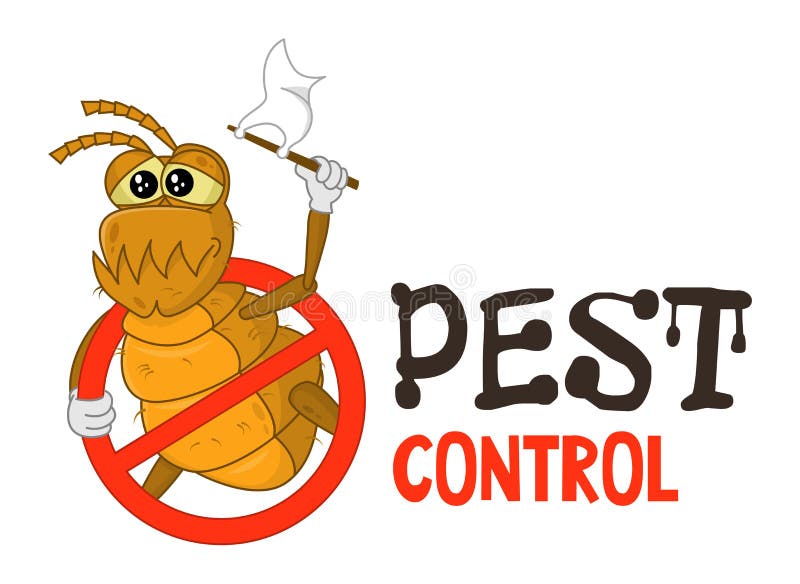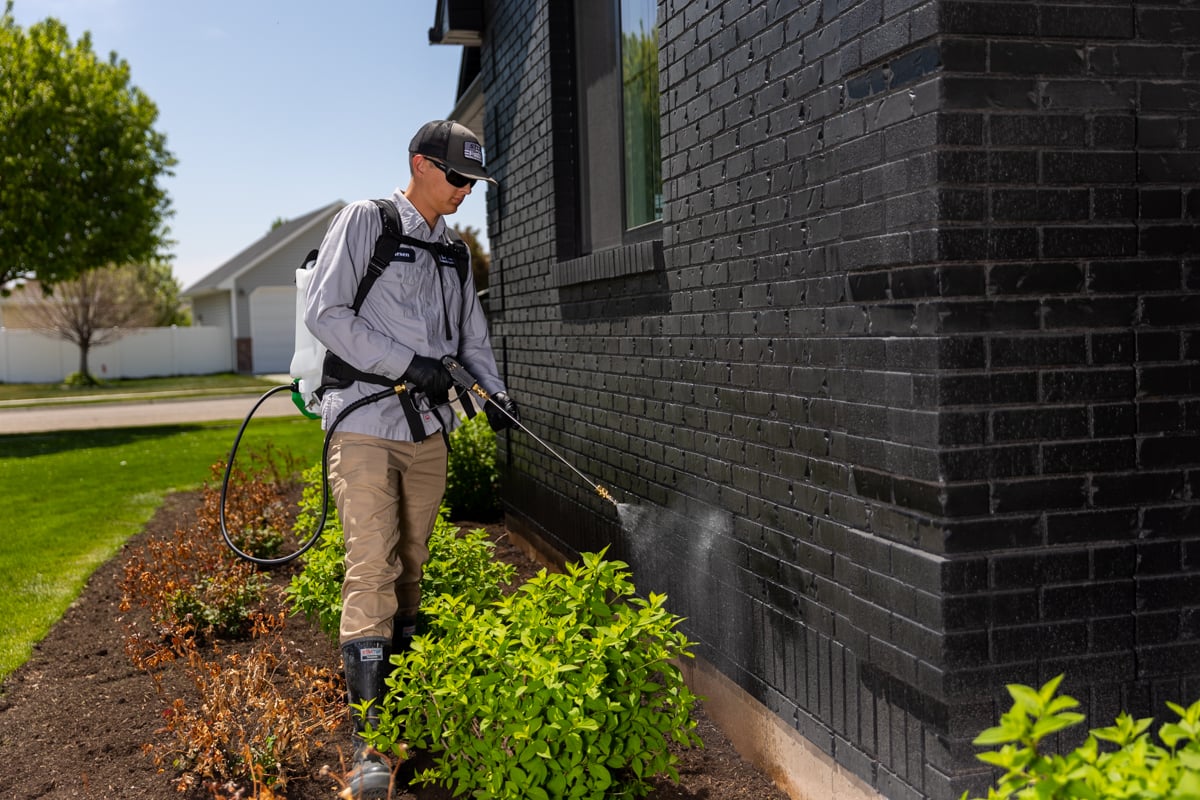Safe and Reputable Parasite Control for Lasting Security
Effective pest administration requires a diverse strategy that stabilizes environmental stability with the need for efficient bug reductions. The nuances of these methods might not be immediately clear, prompting a more detailed exam of the techniques that can lead to lasting insect control outcomes.
Understanding Parasite Control Approaches
Bug control includes a variety of approaches intended at managing and eradicating undesirable bugs and rodents that can intimidate both wellness and building. Comprehending these approaches is vital for efficient pest monitoring.
The main categories of bug control methods consist of mechanical, biological, and chemical approaches. Mechanical techniques involve physical obstacles and traps to stop bug entry and capture undesirable species. Using displays on home windows or utilizing sticky catches can significantly minimize pest populations without presenting hazardous materials - exterminator coquitlam.

Chemical bug control is often the most acknowledged technique, making use of chemicals to remove pests. These chemicals can be effective however need to be made use of with caution to stay clear of adverse effects on non-target species and the atmosphere.
Benefits of Eco-Friendly Solutions
Just how can environmentally friendly remedies change parasite control techniques? The fostering of green insect control techniques provides various benefits, considerably enhancing the effectiveness and safety of pest management (exterminator coquitlam). Firstly, these solutions make use of all-natural components, minimizing the reliance on dangerous chemicals that can pose risks to human wellness and the atmosphere. This shift not just safeguards pets and families yet likewise minimizes the possibility for soil and water contamination.

Another advantage is the favorable effect on local biodiversity. Environment-friendly solutions are created to target details pests while protecting valuable insects and wildlife, advertising a well balanced ecosystem. This method lines up with the expanding consumer need for lasting techniques, enhancing the credibility of bug control service providers.
Integrated Bug Monitoring Approaches
The implementation of environmentally friendly services naturally causes the fostering of Integrated Bug Monitoring (IPM) approaches, which further enhance pest control efficacy. IPM is a holistic method that combines multiple tactics to manage pest populations while minimizing environmental influence. This approach stresses the usage of organic, social, mechanical, and chemical controls, making sure a sustainable and well balanced approach of bug administration.
One essential aspect of IPM is the go to this site comprehensive assessment of pest task and environmental conditions. By monitoring pest populaces and determining their life cycles, practitioners can apply targeted treatments that try this site interrupt the pest's environment or lifecycle, minimizing reliance on chemical pesticides. Additionally, social methods such as crop turning and habitat manipulation can dramatically reduce insect facility and recreation.
Another critical part is the use of biological control agents, such as helpful insects or bacteria, which can naturally subdue insect populaces. When chemical applications are required, IPM prioritizes using low-risk chemicals and applies them uniquely, reducing direct exposure to non-target organisms and human beings.
Integrating IPM approaches not only boosts insect control performance however additionally promotes a more secure community, straightening with the growing demand for lasting practices in bug management.
Safe Practices for House Owners
Understanding the value of secure practices in bug control can encourage property owners to properly manage insect concerns while safeguarding their health and wellness and the setting. Implementing precautionary actions and safe methods is important in decreasing exposure to hazardous chemicals.
Homeowners ought to first assess their environment for conditions that bring in parasites, such as standing food, mess, and water waste. Consistently cleansing and securing entrance points can deter pests from attacking the home. Making use of all-natural deterrents, such as necessary oils or diatomaceous earth, can offer effective choices to chemical pesticides.
When chemical therapies are needed, property owners ought to choose items that are particularly identified as safe for household usage. It is important to adhere to application standards diligently to stay clear of overexposure. Utilizing targeted treatments in locations where bugs are determined, instead than blanket splashing, can substantially minimize chemical usage.
Finally, keeping open communication with parasite control experts is important. Homeowners must ask about the security of products utilized and demand eco-friendly alternatives whenever possible. By adopting these risk-free practices, home owners can produce a healthier living atmosphere while effectively taking care of insect concerns.

Tips for Long-Term Security
Developing a pest administration approach that emphasizes long-lasting defense can greatly improve the efficiency of the secure practices previously gone over. To attain this, homeowners ought to carry out normal inspections of their home, concentrating on concealed locations such as attics, basements, and crawl spaces. Early detection of insect activity is vital in protecting against infestations from taking hold.
These practices reduce attractants that attract parasites right into the home. Sealing entry factors, such as splits around doors and home windows, can successfully block potential parasite accessibility.
Landscaping should additionally be taken into consideration; keeping plants trimmed and keeping a range between plant life and the home decreases hiding spots for parasites. Using all-natural deterrents, such as essential oils or diatomaceous planet, can additionally discourage infestations without turning to extreme chemicals.
Finally, working together with an expert pest control solution for periodic analyses can offer an extra layer of protection. These experts can supply tailored referrals and advanced therapies, guaranteeing that your home continues to be safeguarded versus pests in the long-term.
Conclusion
Finally, dependable and secure pest control needs a complex method that stresses environmentally friendly approaches and incorporated insect monitoring. By implementing natural deterrents, carrying out normal evaluations, and preserving correct sanitation, homeowner can websites considerably minimize parasite populaces while safeguarding helpful pests and the setting. Collaboration with expert bug control solutions boosts the performance of these strategies, guaranteeing tailored options that supply long-term defense and satisfaction versus future infestations.
Effective pest management requires a multifaceted method that balances environmental stability with the requirement for efficient insect suppression. The adoption of environmentally friendly insect control methods provides various benefits, significantly enhancing the effectiveness and safety of parasite monitoring.The execution of environment-friendly options normally leads to the adoption of Integrated Insect Management (IPM) strategies, which further boost parasite control efficiency. exterminator coquitlam. By checking bug populaces and identifying their life cycles, practitioners can implement targeted treatments that interrupt the insect's environment or lifecycle, lowering reliance on chemical pesticides.In conclusion, trustworthy and risk-free pest control calls for a diverse method that stresses environment-friendly techniques and integrated bug management